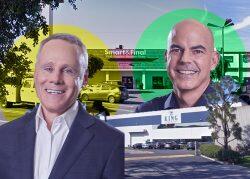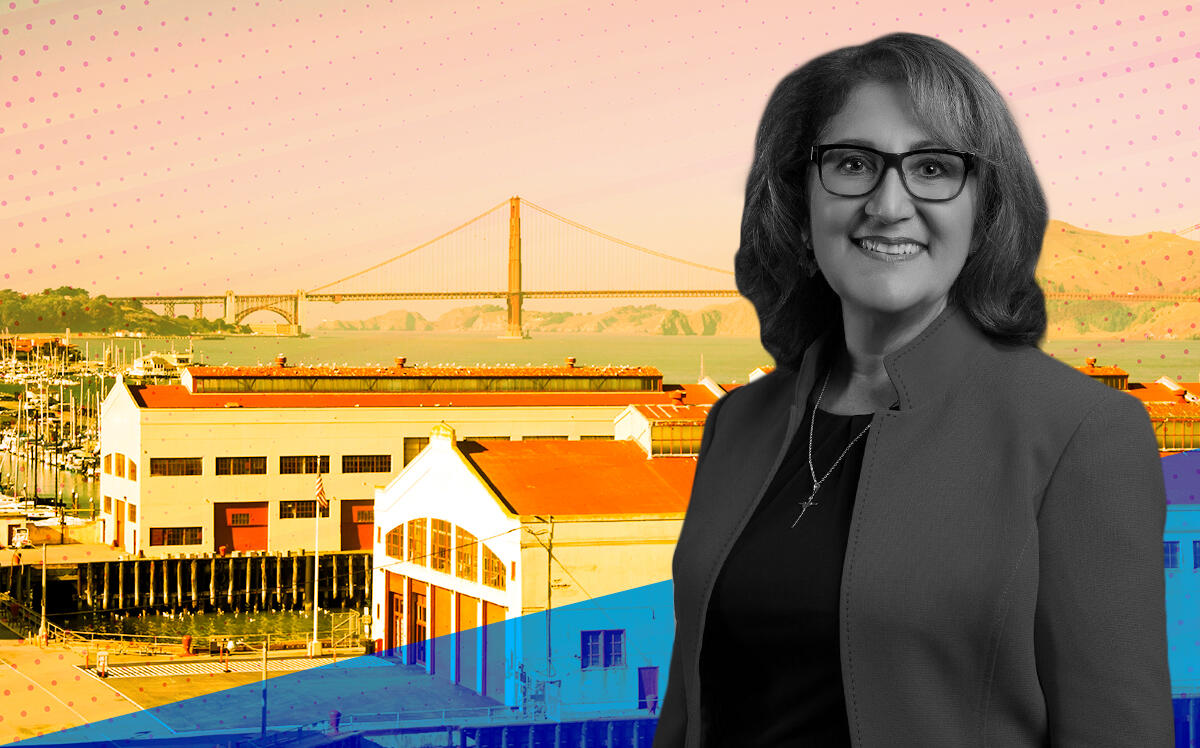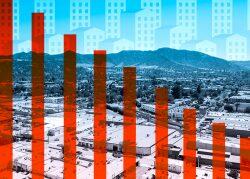 Rexford spends $153M on six industrial properties
Rexford spends $153M on six industrial properties
Trending
Warehouse “buffer bill” advances in California legislature
Legislation passed by Assembly hints at bigger development conflict in hot logistics market

A bill that would create a 1,000-foot buffer zone between large warehouse developments and residential areas has advanced through one chamber of the California legislature.
The measure, known as Assembly Bill 2840, passed a third and final reading in the 80-member California Assembly last week. It has moved to the State Senate.
“You can be a neighbor, but we want you to be a good neighbor,” said Assembly Majority Leader Eloise Gómez Reyes, the bill’s chief sponsor, previously told the Riverside Press-Enterprise, referring to logistics companies. “It isn’t being a good neighbor if you’re driving your diesel trucks through neighborhoods where these children are.”
Reyes represents a district in the Inland Empire, a two-county area of Southern California that’s become a poster-child for logistics developments thanks to an extensive freeway grid, rail links, and its relative proximity to airports and seaports. Various markets in the Bay Area have similar assets drawing investments in warehouse and logistics developments.
The bill, introduced by Gómez Reyes in February, creates the buffer zone by prohibiting local agencies from approving the development of facilities that are 100,000 square feet or larger if they’re located within 1,000 feet of any “sensitive receptor” — a broad term that includes homes and apartments, schools, community centers and prisons. A revised version also allows local agencies to approve the projects but impose “alternative measures that will reduce the project’s impact on the public health and safety in a comparable manner.”
It also requires that local agencies mandate that a percentage of the construction jobs on logistics projects go to local residents, and that the work is done only by a “skilled and trained” workforce–language that suggests a preference for union members.
The legislation is intended as an effort to curb transportation and industrial-related health risks. In her bill comments, Gómez Reyes, a Democrat from Colton — an Inland Empire city that’s located at the intersection of two major freeways — specifically cites constant emissions from diesel truck traffic as a risk to schools and communities.
The California Nurses Association is also backing the effort, again citing the high levels of nitrous oxide and carbon dioxide pollution.
“These pollution-producing warehouses,” the group added, “are disproportionately located in low-income and minority neighborhoods.”
The effort has proved controversial, drawing opposition from the California Chamber of Commerce and other business groups who argue that stifling new warehouses would hurt the state’s supply chain. Some Democratic lawmakers have weighed in against the effort, and on Wednesday the Los Angeles Daily News’ editorial board also came out in opposition, writing in part that “the end result of this policy … is to restrict needed space to accommodate an ever-shifting market.”
The bill also reflects the booming industrial and logistics market of the Inland Empire––which includes Riverside and San Bernardino counties––which ranks among the largest and hottest in the country.
It’s a market that started growing decades ago, largely because of the area’s strategic location and relatively cheap land. The trend has accelerated over the past two decades, as e-commerce giants such as Amazon reshaped the American economy: As of 2021, according to a compilation by a Pitzer College environmental professor, San Bernardino County had over 3,000 warehouses and Riverside County nearly 1,000. Those facilities totalled more than one billion square feet, or nearly 37 square miles, and are a big part of the reason why 40 percent of the nation’s goods travel through the Inland Empire.
The pandemic supercharged the already hot submarket: A report published in April by Newmark found that industrial space in the two-county region was virtually nonexistent, pushing lease prices to their highest levels ever, while industrial developers were also rushing to build more than 33 million square feet of industrial space. In recent months the market has also notched some nationally high-profile deals, including Amazon’s lease of a 4.1 million-square-foot facility in Ontario — the company’s largest ever.
“It looks like the Inland Empire is about to eat up the rest of Southern California,” one economist recently told the Southern California News Group.”
At the same time, however, residents and local governments — concerned especially about the area’s poor air quality — have increasingly pushed back against the warehouse boom: Numerous area cities, including Riverside, San Bernardino and Colton–hometown of Reyes, author of the state legislation––have moved to pass their own local moratoriums on new warehouses.
Read more
 Rexford spends $153M on six industrial properties
Rexford spends $153M on six industrial properties
 Industrial availability in the Inland Empire is virtually nonexistent
Industrial availability in the Inland Empire is virtually nonexistent




